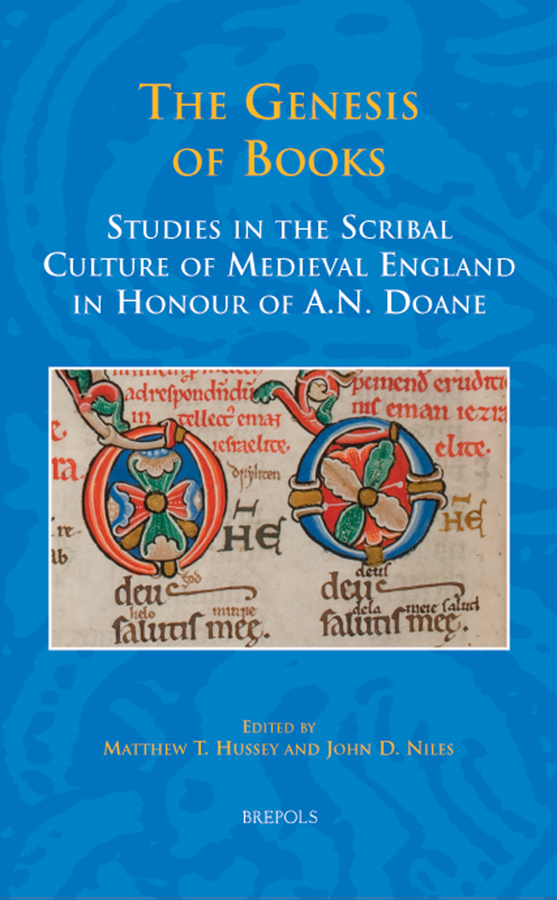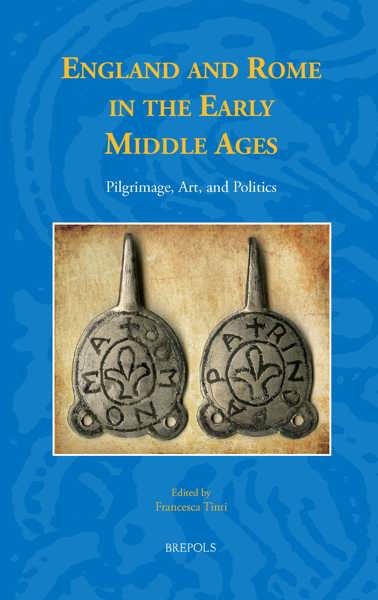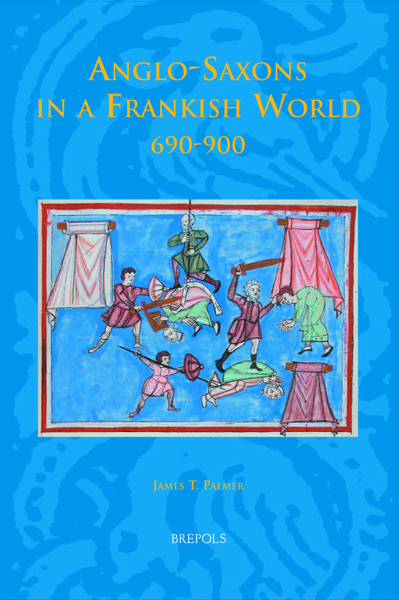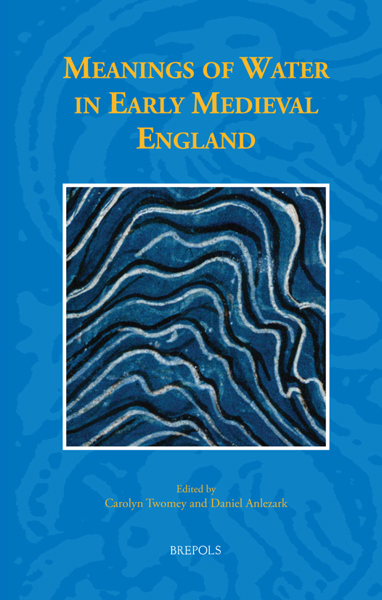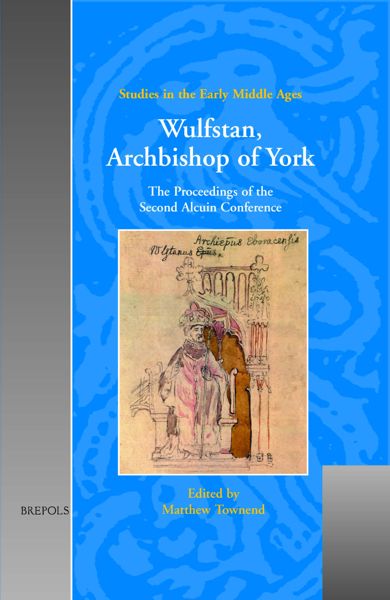
The Genesis of Books
Studies in the Scribal Culture of Medieval England in Honour of A. N. Doane
Matthew T. Hussey, John D. Niles (eds)
- Pages: 338 p.
- Size:156 x 234 mm
- Illustrations:23 b/w, 17 col., 2 tables b/w.
- Language(s):English
- Publication Year:2012
- € 140,00 EXCL. VAT RETAIL PRICE
- ISBN: 978-2-503-53473-2
- Hardback
- Available
- € 140,00 EXCL. VAT RETAIL PRICE
- ISBN: 978-2-503-53966-9
- E-book
- Available
A book about books - how the medieval world in which they were conceived shaped the objects we know today.
"The volume sheds light on the circulation and production processes of the book in Anglo-Saxon Engliand and provides a fascinating overview for scholars of literature, history of the book, history and art history as well as anyone interested in the material culture of this period." (Sarah Laseke, in: Rare Books Newsletter, Issue 96, December 2013, p. 22-23)
"This edition is a true monument." (Conal Condren, in: Parergon, Volume 30, Number 1, 2013, p. 246)
This volume is about the book itself, as shaped and made by medieval scribes and as conditioned by the cultural understandings that were present in the world where those scribes lived. Questions relating to the provenance, compilation, script, function, and use — both medieval and modern — of manuscripts are raised and are resolved in a fresh manner. The focal point of the volume is Anglo-Saxon England, approached as a cultural crossroads east and west, with attention given to English manuscripts produced both before and after the Conquest. The book thus contributes to a reassessment of early English culture as complex, emergent, and multi-stranded.
A number of different literary genres and types are explored, ranging from devotional materials (e.g. psalters, sermons, and illustrated gospel books) to texts of a more worldly orientation. A number of plates illustrate the work of particular scribes. While some beautiful codices are showcased, the emphasis falls on plain books written in English, including the Vercelli Book, the Exeter Book, and the Blickling Homilies. Analyses of the history of palaeography and the theory of editing raise the point that whatever we know from old books is conditioned by the tools used to study them.
Acknowledgements
List of Abbreviations
List of Illustrations
Publications of A. N. Doane
Introduction - MATTHEW T. HUSSEY AND JOHN D. NILES
The Eastwardness of Things: Relationships between the Christian Cultures of the Middle East and the Insular World - MICHELLE P. BROWN
The Wiþ Dweorh Charms in MS Harley 585: A Union of Text and Voice - KATHERINE E. LYNCH
The Fonthill Ghost Word, the Fonthill Thief, and Early West Saxon Scribal Culture - JOHN D. NILES
The Blickling Homilies Revisited: Knowable and Probable Uses of Princeton University Library, MS Scheide - JONATHAN WILCOX
Four Contiguous Poems in the Exeter Book: A Combined Reading of Homiletic Fragment III, Soul and Body II, Deor, and Wulf and Eadwacer - PATRICK W. CONNER
The Inscribed Form of Exeter Maxims and the Layout of Quire XI of the Exeter Book - BRIAN O’CAMB
The Vercelli Book Revisited - PETER J. LUCAS
The Canterbury Psalter, Christ Church, and the Last Old English Psalter Gloss - MATTHEW T. HUSSEY
The Beginnings of the Middle English Secular Lyric: Texts, Music, Manuscript Context - KARL REICHL
Old English Manuscripts, their Scribes, and their Punctuation - DONALD SCRAGG
The Good, the Bad, the Ugly: Old English Manuscripts and their Physical Description - ELAINE M. TREHARNE
Editorial Certainty and the Editor’s Choice - TIM WILLIAM MACHAN
Notes on Contributors
Plates
Index of Manuscripts Cited
Index of Modern Scholars Cited
General Index

